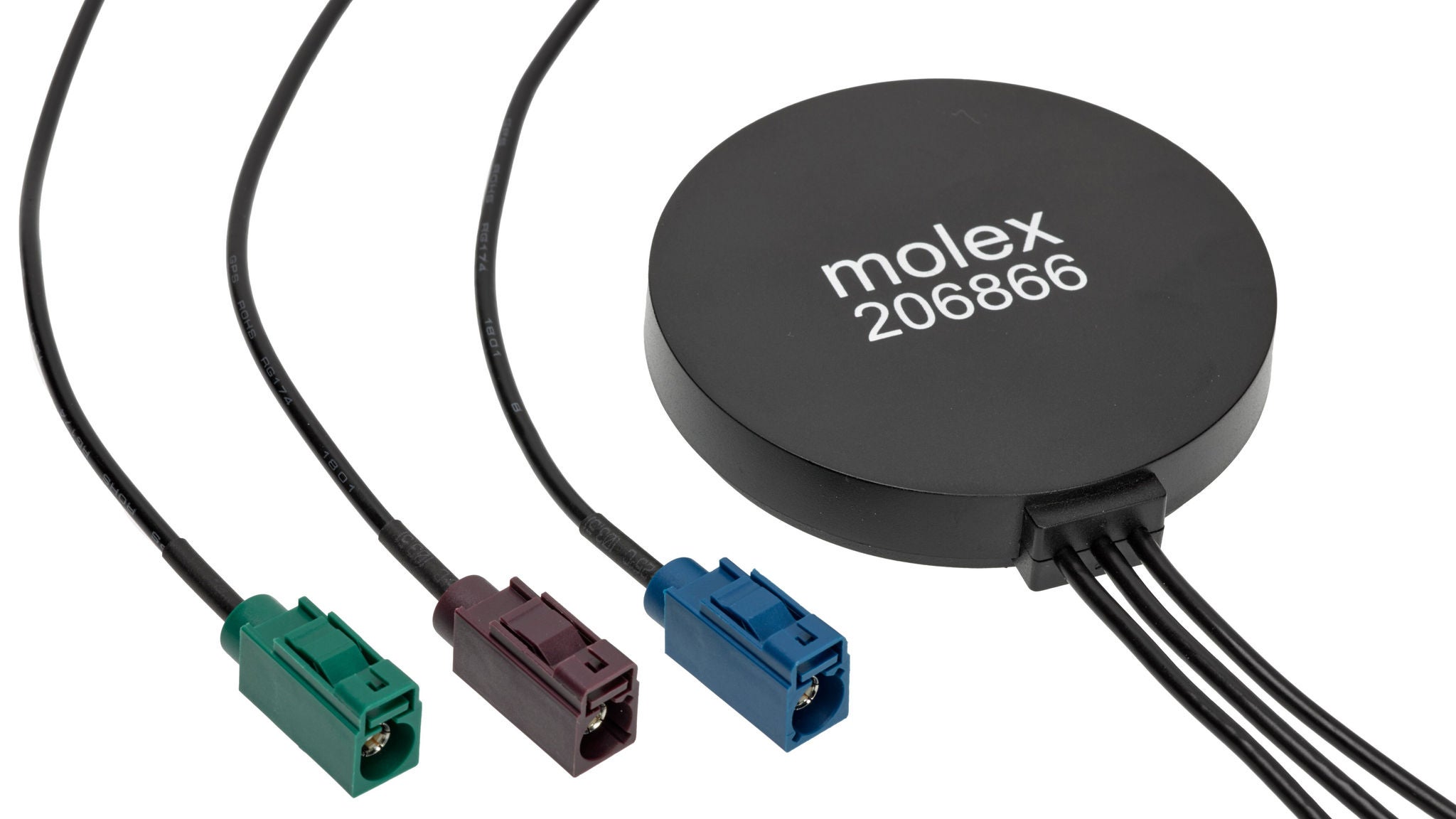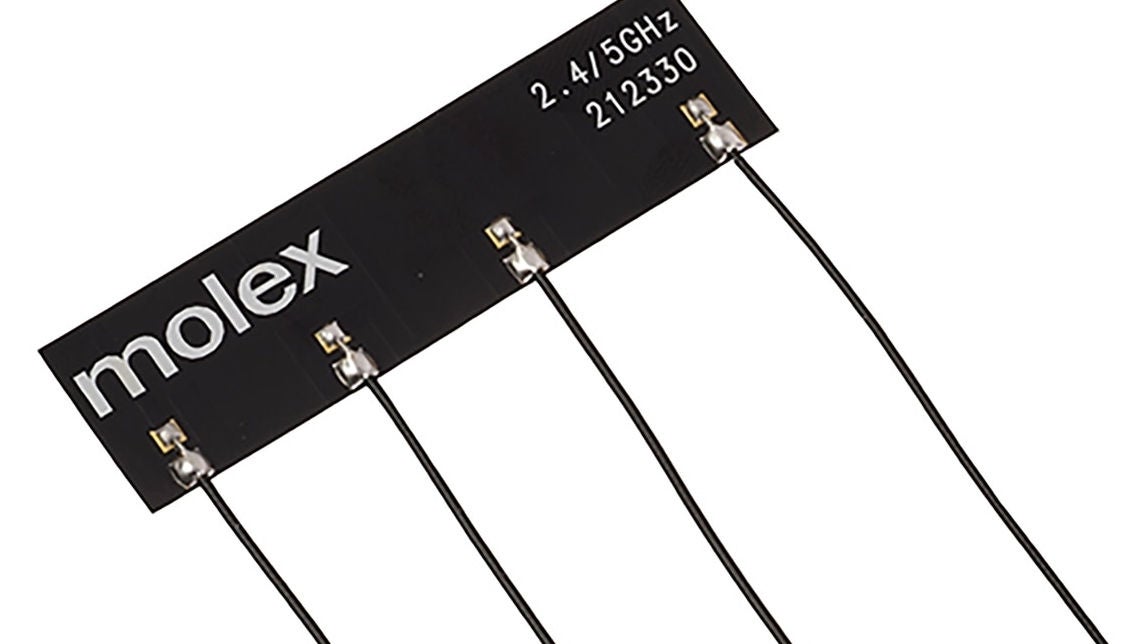Overview
The 4G infrastructure now being upgraded and expanded to support 5G will include new switching technology to support ultra-low latency. These networks are being significantly expanded to incorporate the ultra-high-frequency mm-Wave spectrum being added. The combination of these two additions is the foundation for enabling the benefits provided by 5G-rapid transmission and high-speed data rates. 5G infrastructure will also take advantage of Massive MIMO technology by deploying beamforming antenna arrays for superior performance.
5G providers and stakeholders face multiple challenges with the higher frequencies (those over 10GHz). These high frequency signals are more susceptible to being blocked by obstacles such as trees, walls and people. To overcome this, there are various strategies to more effectively propagate the higher frequency 5G signals, including the use of micro-cells, repeaters and transmission technologies, like beamforming and beam-steering. Despite these approaches, there will still be locations and times when the high-frequency signals will be unreliable or unavailable. In these cases, the smart 5G network will redirect the transmission to alternate frequencies and bands seamlessly.
5G infrastructure will go beyond cell towers and must reach deep inside the built environment. Micro-cells will be used to penetrate increasingly dense urban infrastructure. These small-scale transmitters will extend the higher frequencies used by 5G to reach devices inside buildings that could not otherwise be reached. The prevalence of these micro-cells will mean they will have to blend seamlessly into the environment.
All 5G components, ranging from the transmission infrastructure to the end-use devices, will face challenges that were not as pressing with 4G. Specifically for transmission and antennas, designers will face the following challenges:
Incorporating arrays of high-frequency antennas into product design
Finding the best connector and interconnect approaches for the high frequencies typical in 5G
Knowing the best materials and packaging strategies for optimal RF and antenna performance in 5G devices
Determining antenna placement best practices for 5G antennas
Molex offers both product and RF system manufacturing expertise that enables designers to create 5G products suitable for mass production. Designing 5G capabilities into a device not only involves selecting the most appropriate 5G components, but also requires proficiency in properly incorporating sensitive RF antennas and connectors.
Featured Resources
Featured Videos
Molex develops products that brings 5G to reality. 5G technology is connecting everything around us, our mobile devices, our streets, our vehicles, and our buildings - enabling communication at the highest speeds. 5G automotive technology enables direct communication between vehicles, while other 5G-enable applications include smart wearables, 2-way communication remote healthcare and advanced automated factories.
5G Solutions
Mobile communication is an essential part of our daily lives and Molex produces products for the communications, datacom, IoT and automotive markets. 5G technology is being designed into game-changing applications such as wireless surveillance cameras, distance learning, and game streaming. 5G is also connecting vehicles, such as cars, commercial trucks, and farming equipment to the ever-growing 5G ecosystem.
5G & IoT














